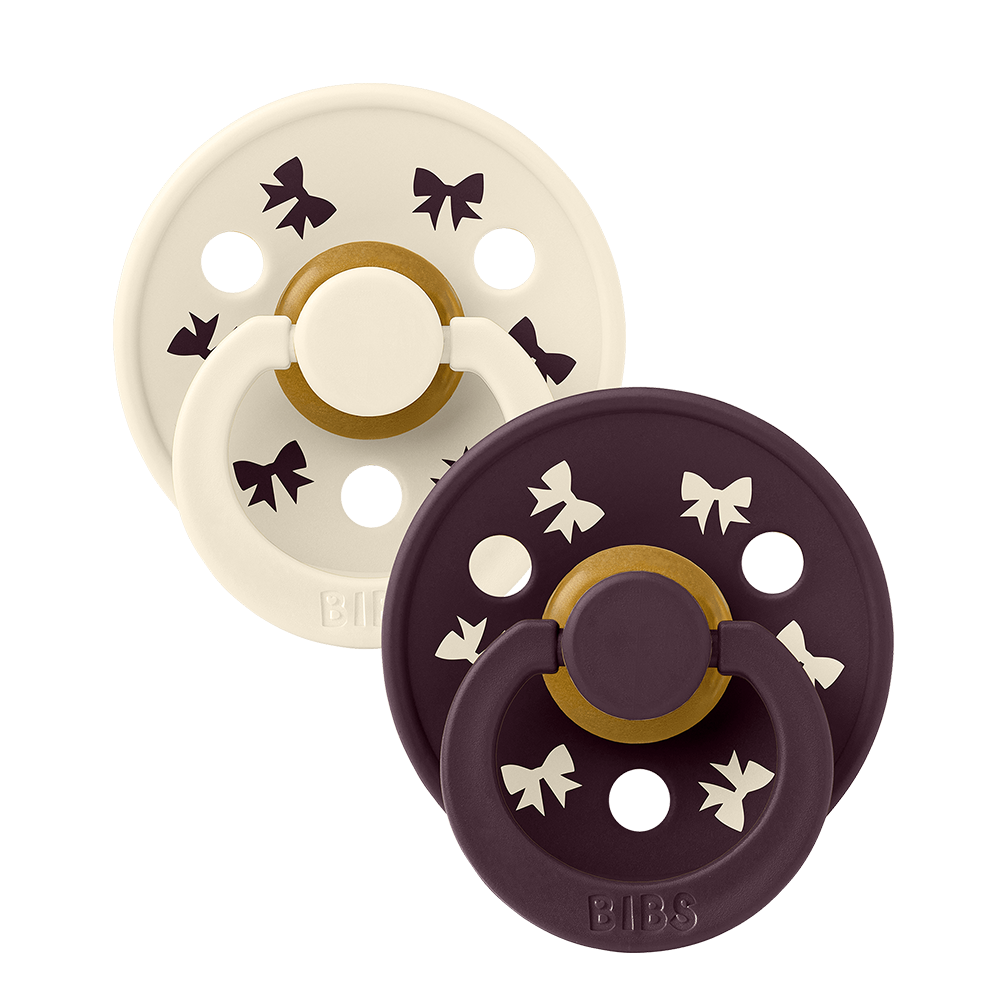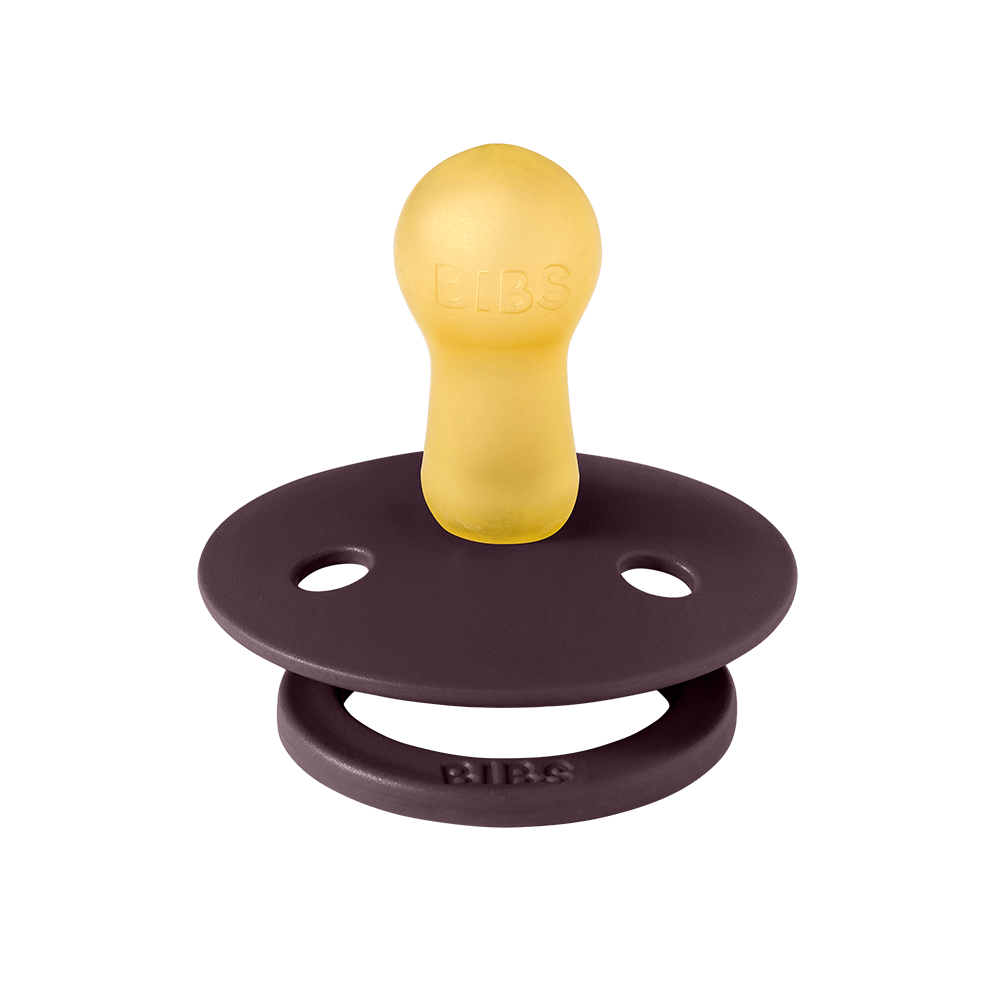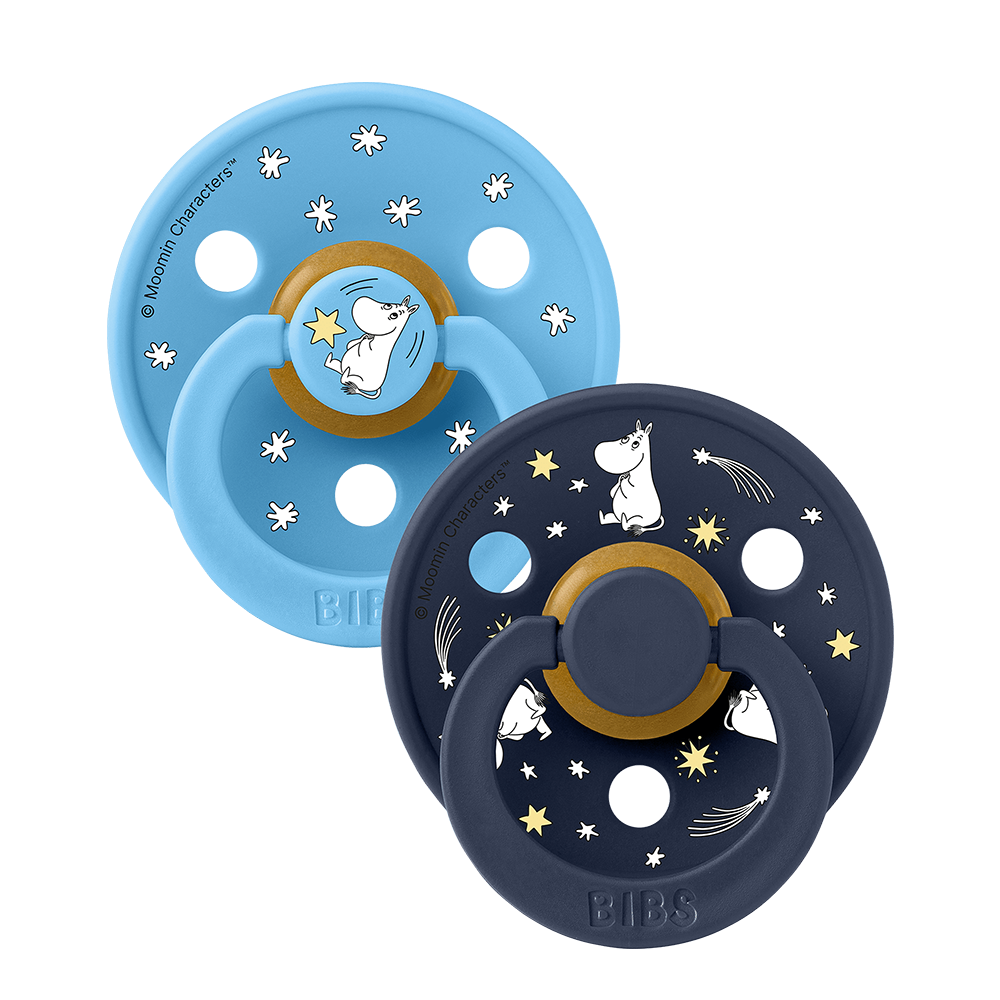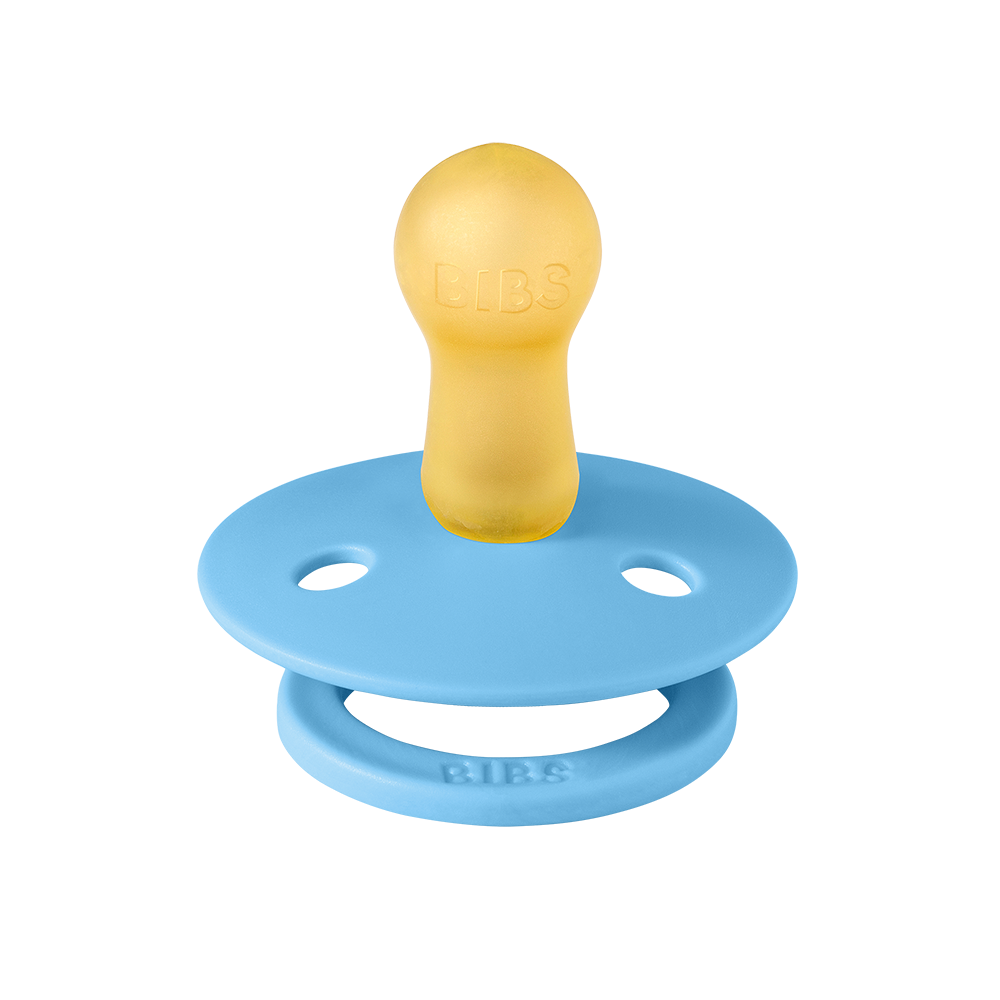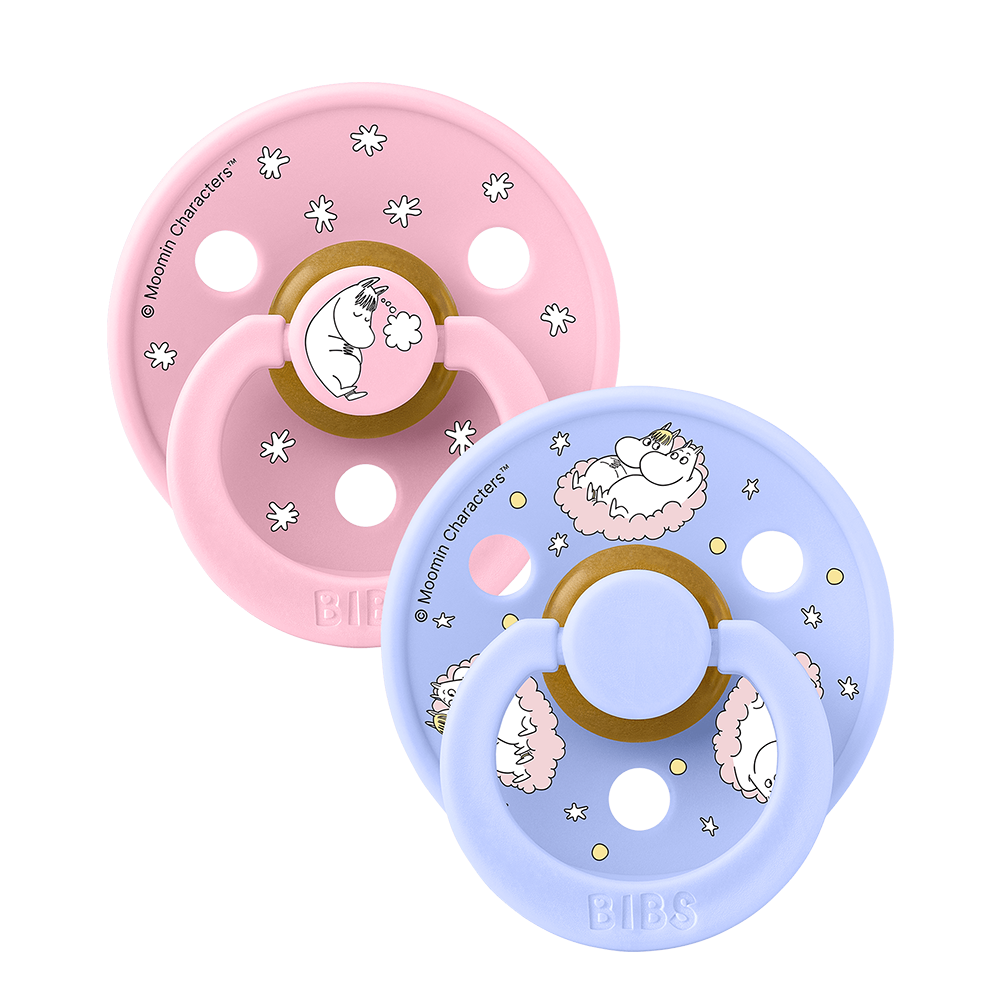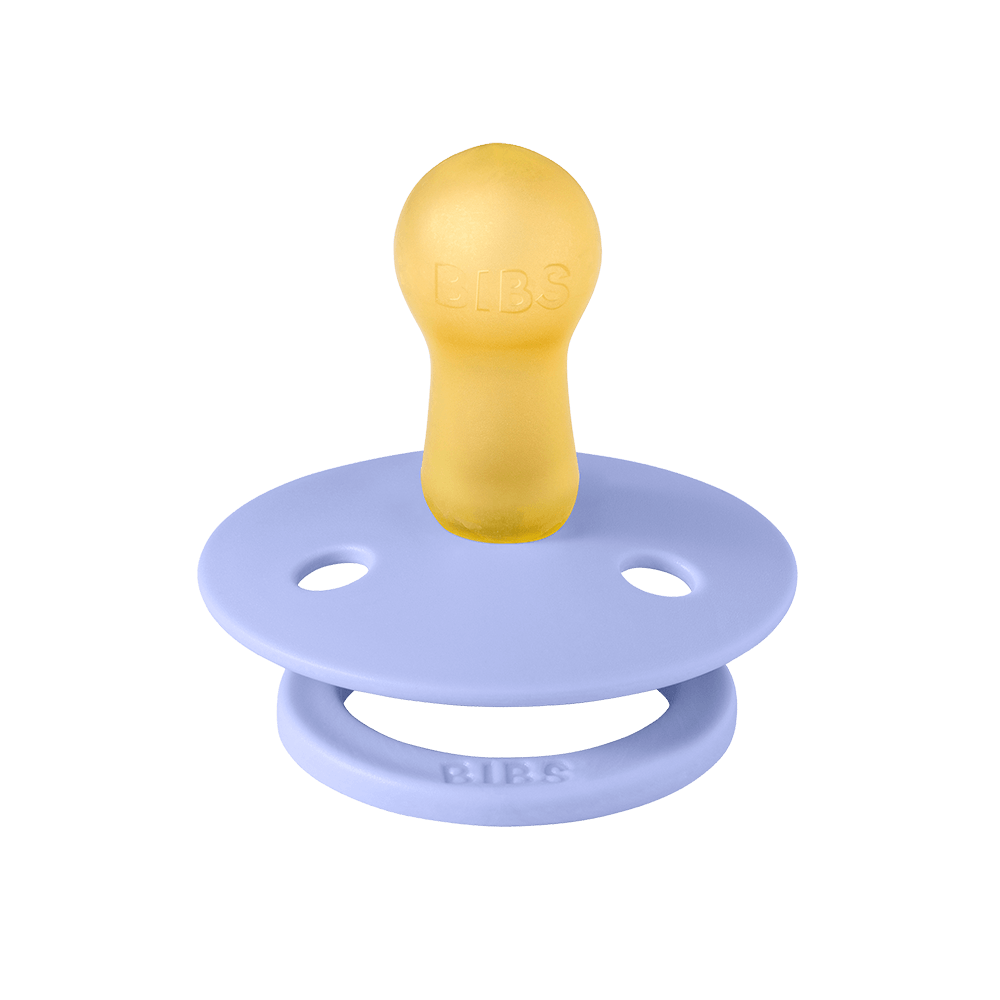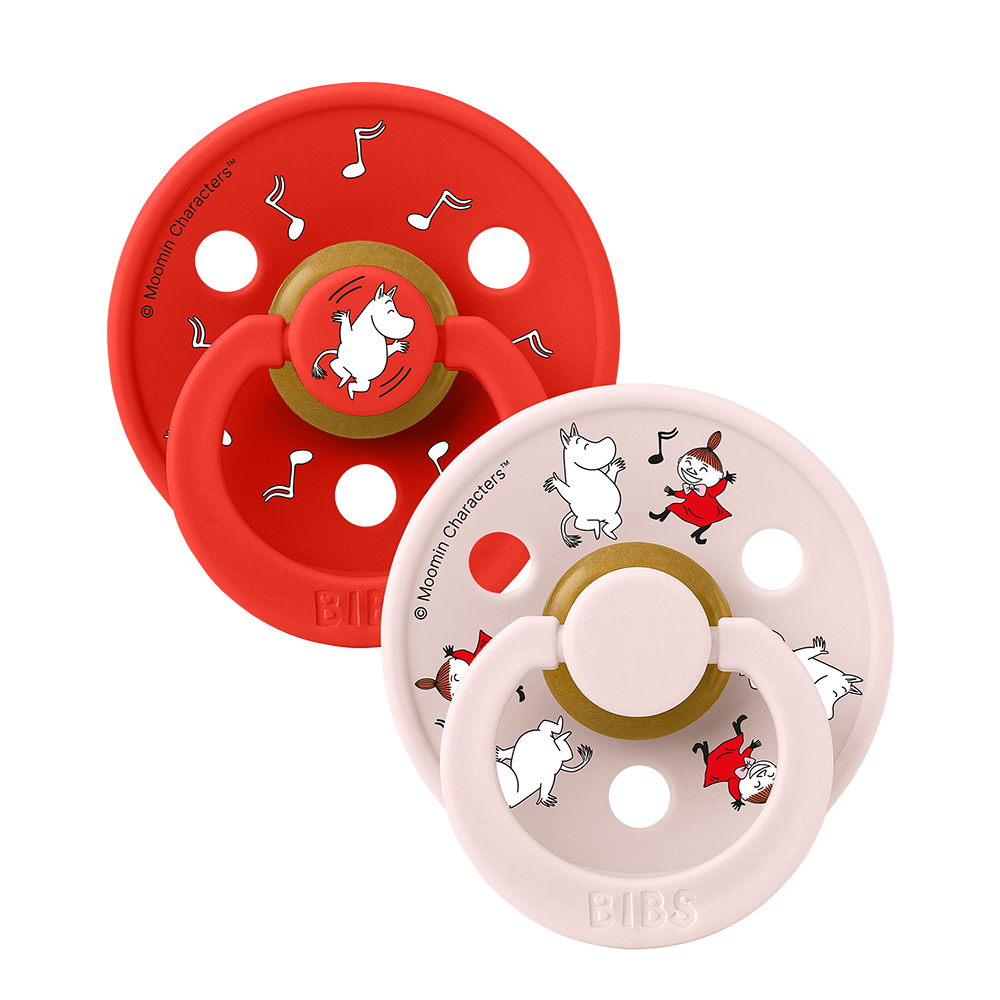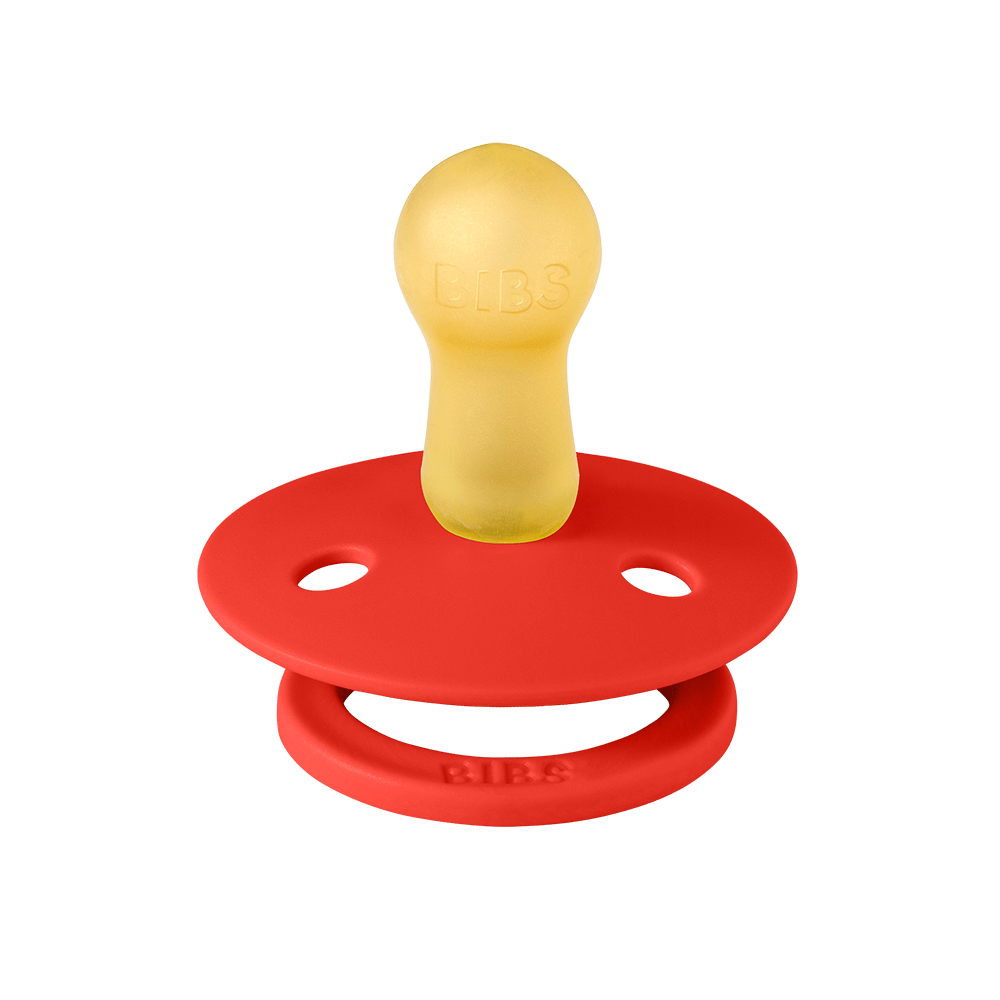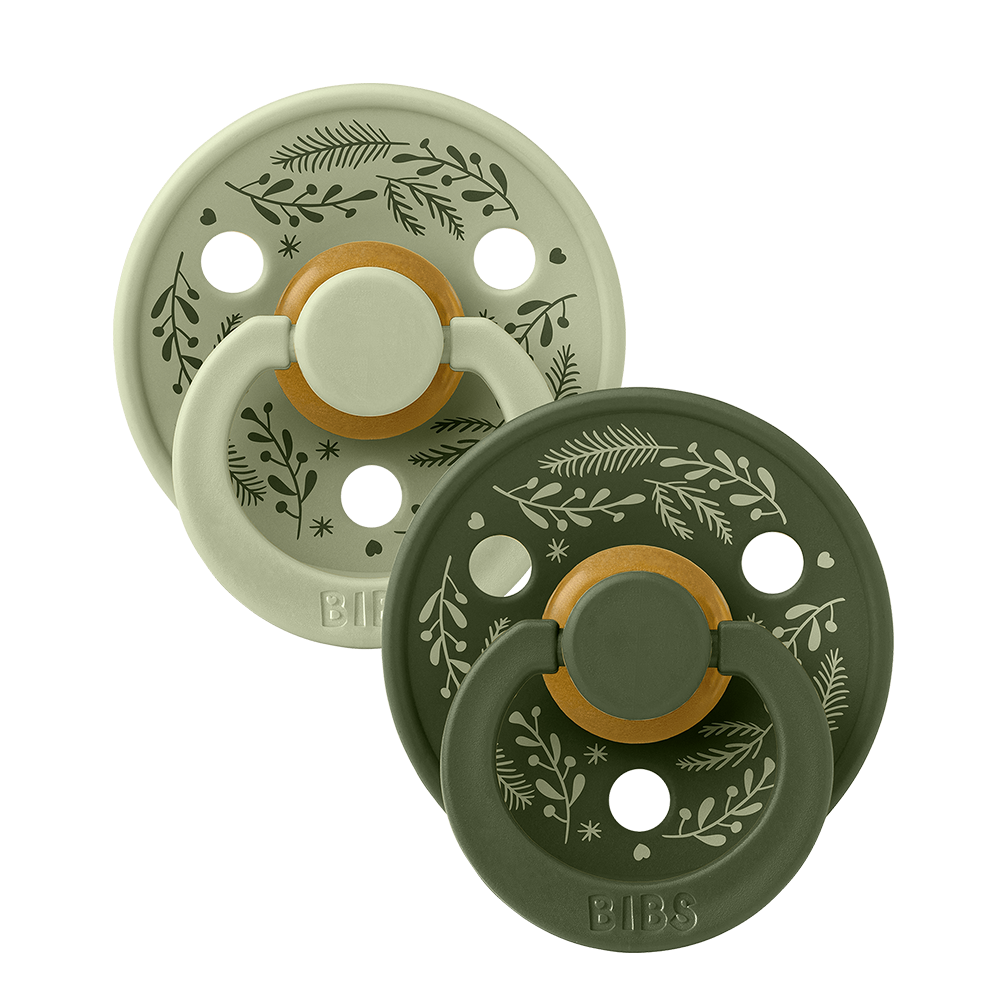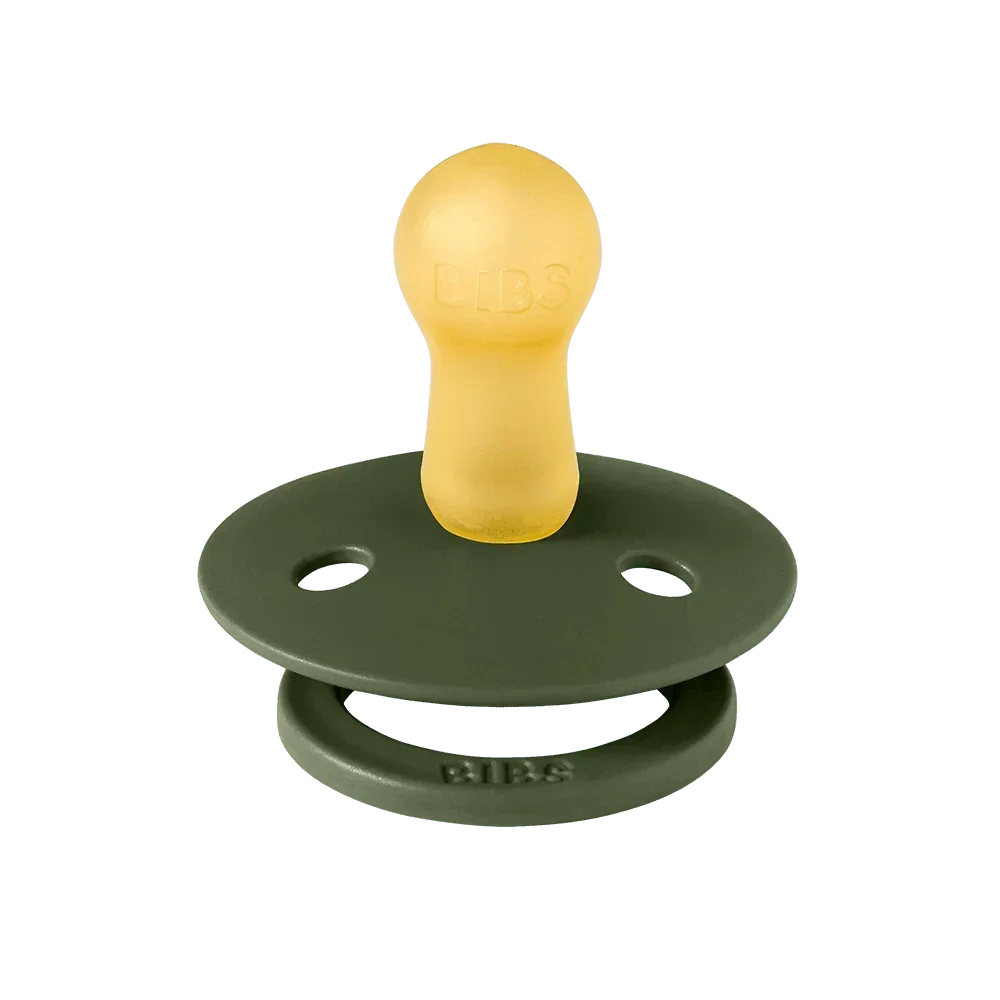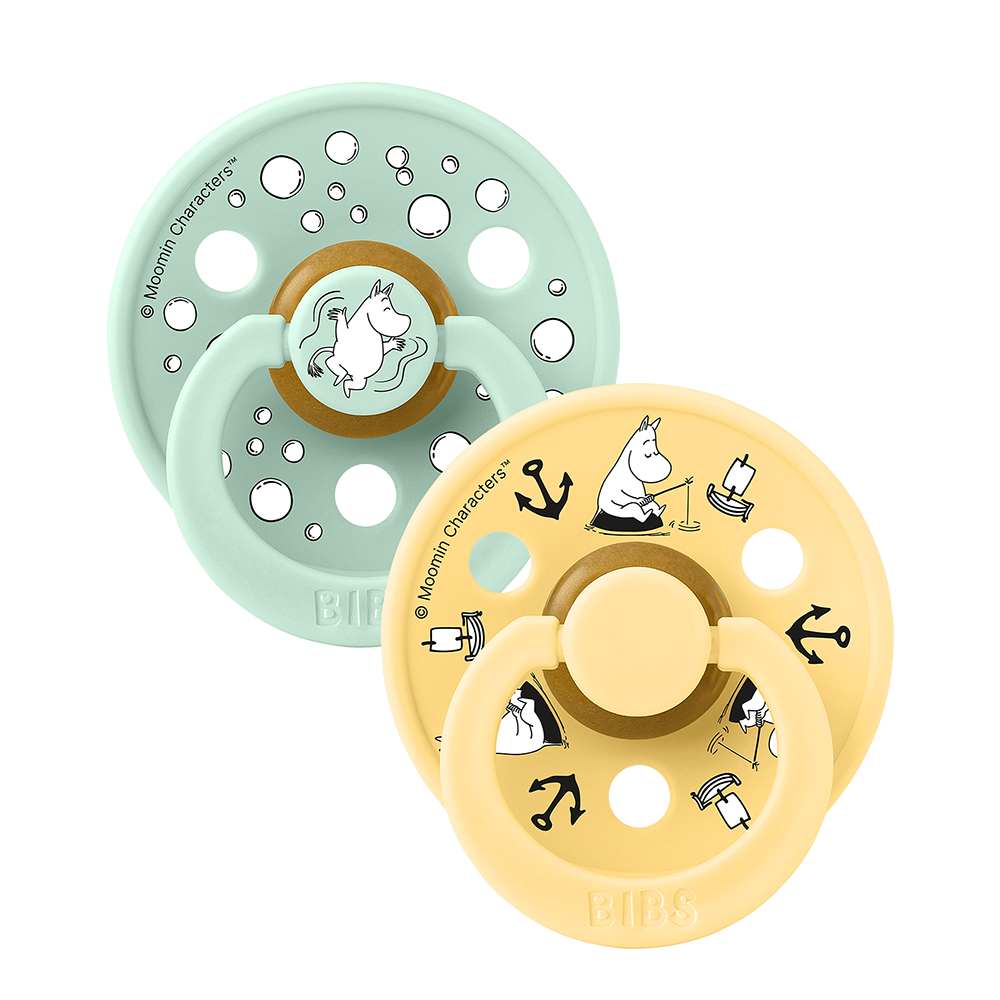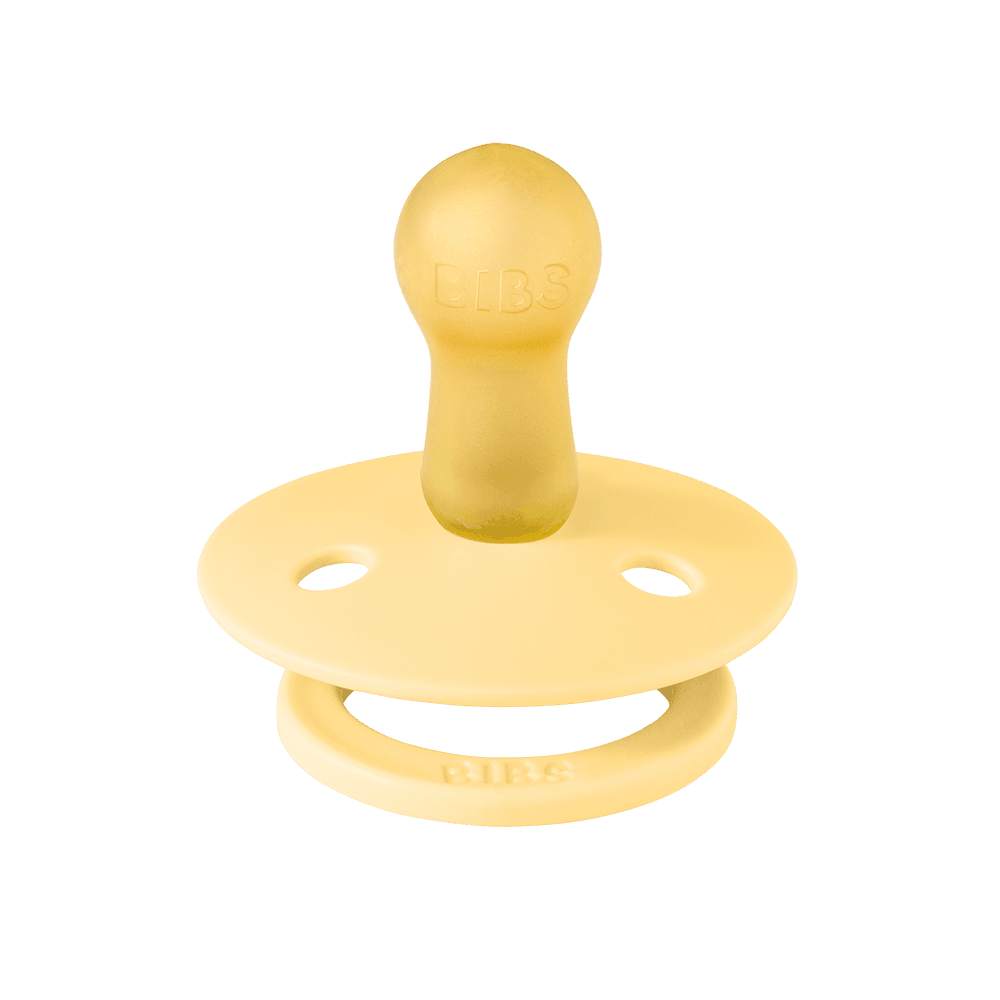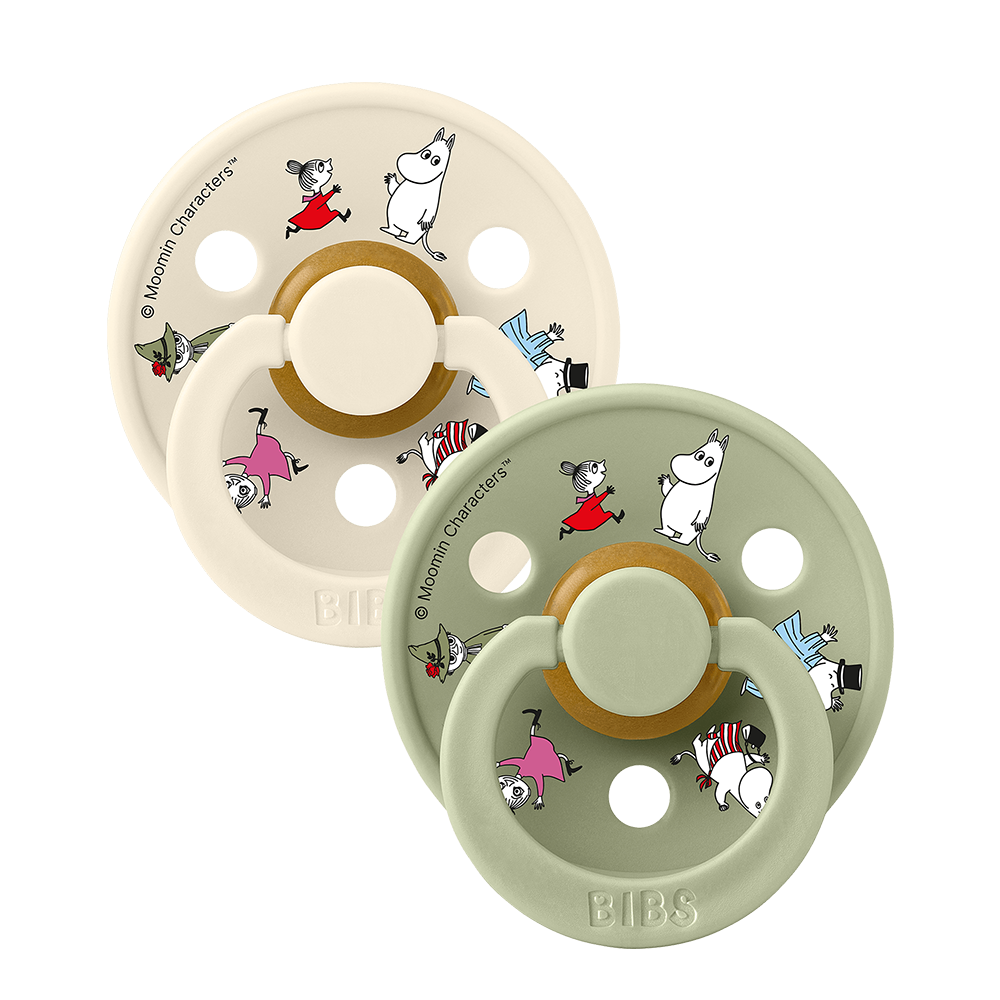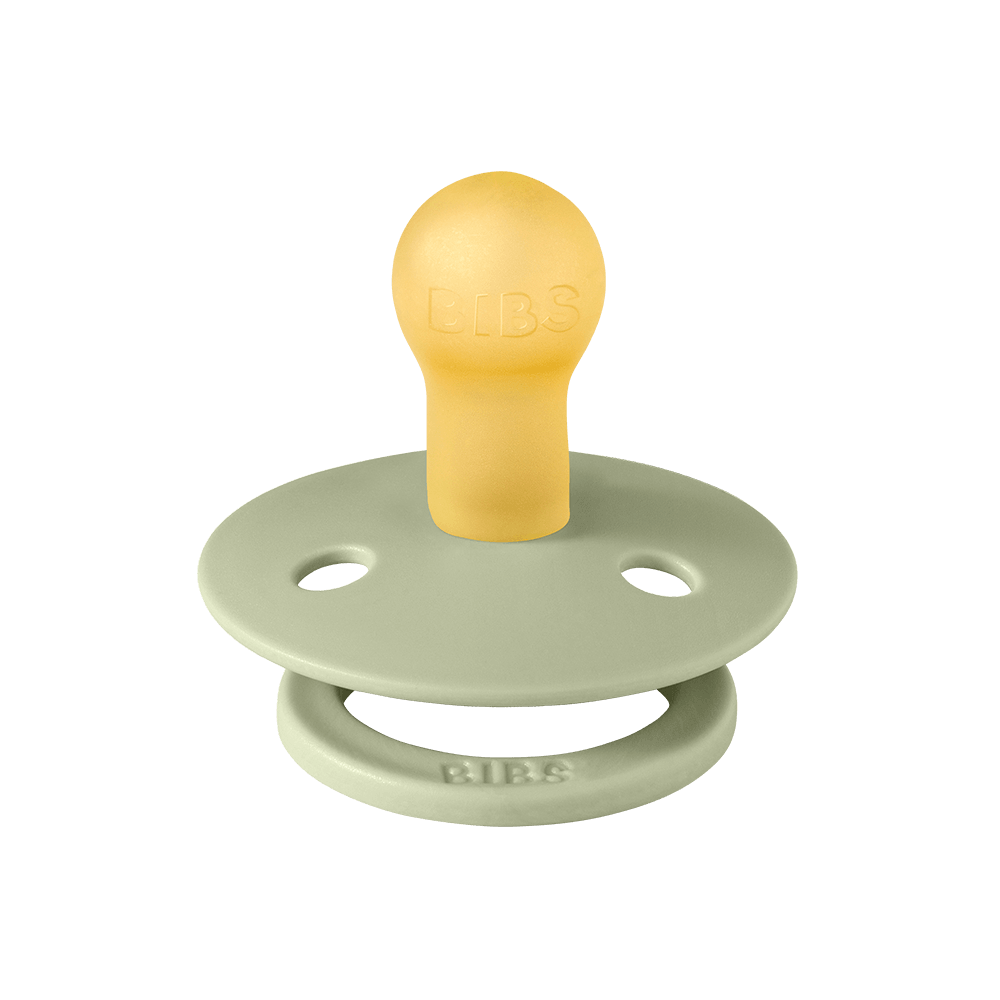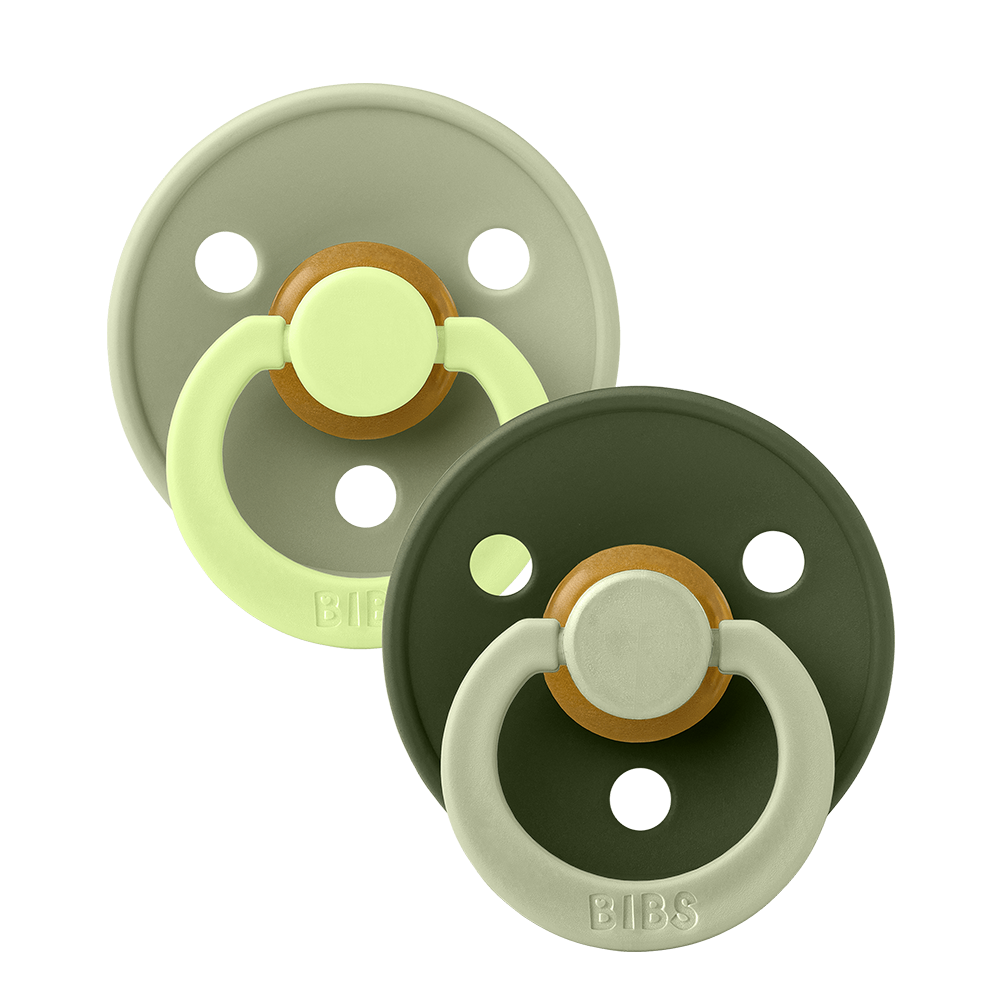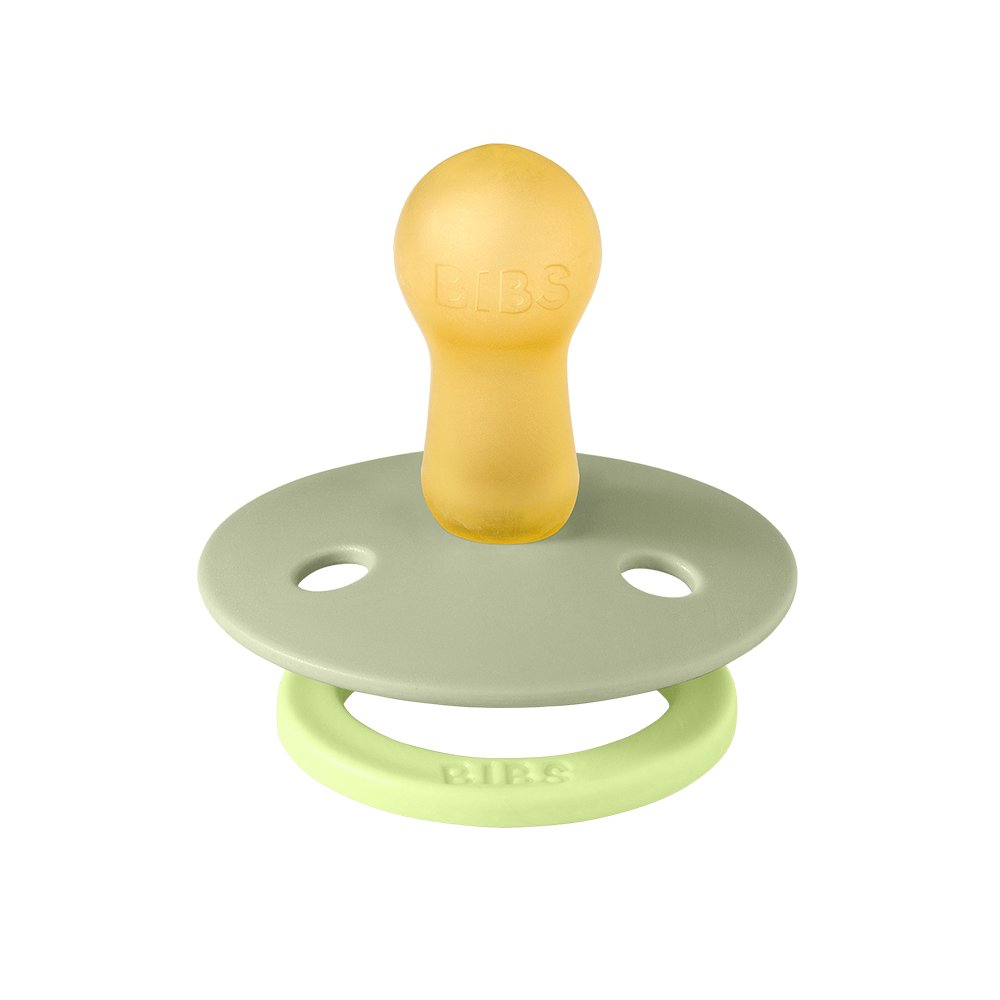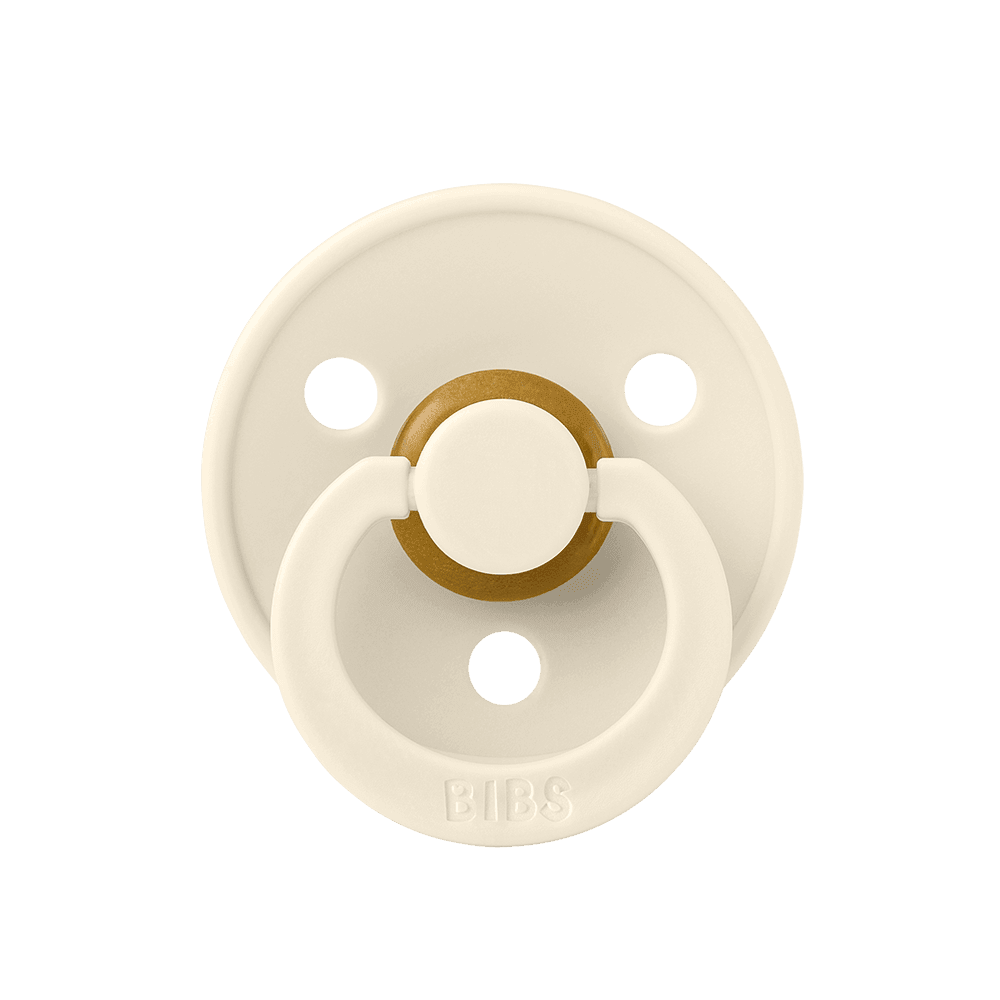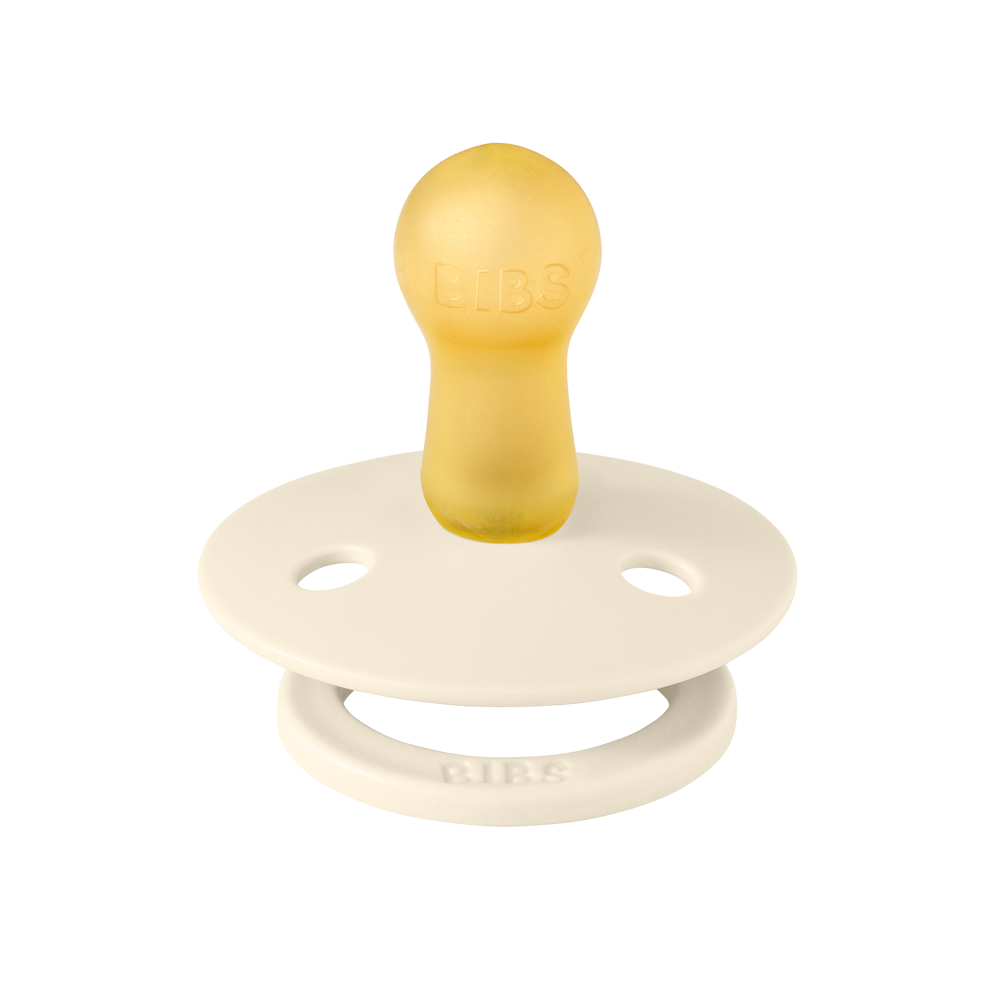
The journey of parenthood is filled with countless milestones, each marked by its unique set of challenges and joys. One of those moments that can both melt your heart and keep you up at night is your baby's teething phase. As those tiny teeth begin to make their debut, your little one's gums might become sore and tender, causing discomfort and fussiness. But fear not! In this blog post, we're here to guide you through the world of teething and offer tips and tricks to help ease your baby's discomfort.
What is teething?
Teething is the process by which the baby’s teeth emerge through the gums. During teething, the teeth gradually break through the gums, causing discomfort, redness, light swelling, and sometimes pain for the baby. The baby might also have a light temperature rise.
When do babies start teething?
When it comes to teething, all babies are different. Some babies are born with their first teeth, so-called neonatal teeth, which typically will have to be extracted for the mom to breastfeed. Others start teething before they are 4 months old, and some after 12 months. But most babies start teething at around 6 months.
Teething symptoms
Baby teeth sometimes emerge with no pain or discomfort at all. At other times, it affects the child a lot. The most common teething symptoms are:
- Excessive Drooling: Increased saliva production is a classic sign of teething. You may notice your baby drooling more than usual.
- Swollen Gums: The gums around the erupting teeth may appear red, swollen, and tender.
- Flush and Rash: Teething can cause a flushed cheek or rash on the face or the bottom.
- Sleep Disturbances: Teething pain can disrupt your baby's sleep patterns, leading to more frequent nighttime awakenings.
- Irritability: Teething can be uncomfortable, leading to fussiness, crankiness, and general irritability in your baby.
- Chewing and Biting: Babies often seek relief by gnawing on objects, fingers, or toys to massage their sore gums.
- Loss of Appetite: The discomfort of teething can make some babies less interested in feeding. They may temporarily lose their appetite.
- Mild Fever: Occasionally, teething can cause a slight increase in body temperature, but it should not be a high fever. If it is, consult your pediatrician.
What order do baby teeth appear in?

- The lower central incisors – bottom front teeth – are usually the first to come through at around 6 to 8 months.
- Then the upper central incisors come – top front teeth. These tend to come through at about 8 to 13 months.
- Then the upper lateral incisors come – the side top front teeth – around 8 to 16 months.
- Then the lower lateral incisors come – the side bottom front teeth – around 10 to 16 months.
- The first molars – back teeth – come through at around 16 to 23 months.
- The canines come through at around 13 to 19 months.
- And the second molars come around 23 to 33 months.
- Most children will have all their baby teeth by the time they are between 2 and 3 years old.
What can parents do to help relieve teething discomfort?
Teething toys are something your baby can chew on safely. And these may ease their discomfort and distract them from any pain. Find some with textures to help reduce itching and some that can be cooled in the fridge. Never cool teething toys in the freezer; it will be too cold for the baby’s mouth.
The cold can help to soothe your baby's gums. If your baby is six months or older, you can also give them healthy things to chew on, such as soft fruit and vegetables or a bread crust. Remember always to watch when your baby is eating in case they choke.
Shop BIBS Baby Bitie Teethers here >

